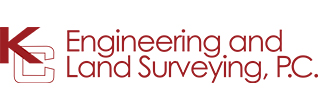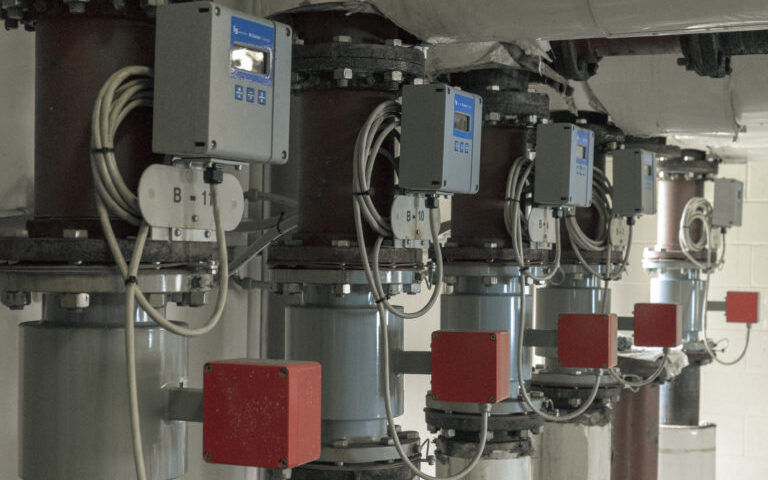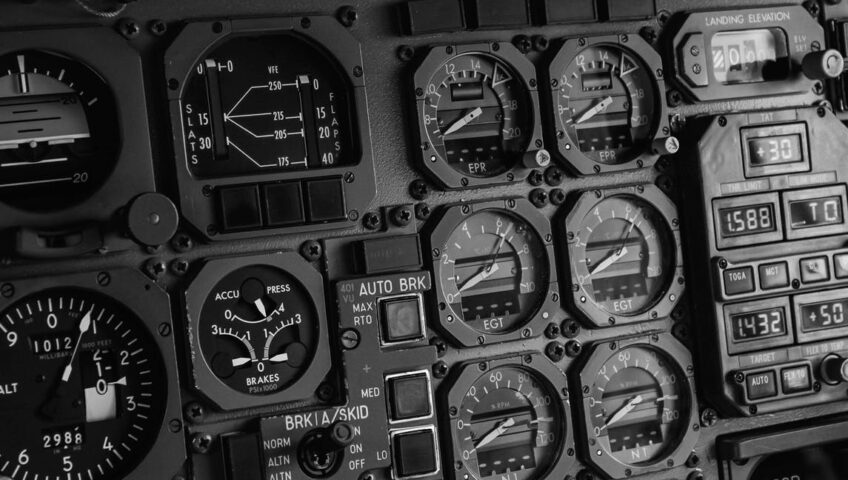Artificial intelligence (AI) and machine learning (ML) are the two interconnected digital technologies that have been transforming engineering designs side by side. According to Britannica, AI is defined as “the ability of a digital computer or computer-controlled robot to perform tasks commonly associated with intelligent beings.” While ML is defined by IBM.com as “a branch of AI and computer science which focuses on the use of data and algorithms to imitate the way that humans learn, gradually improving its accuracy.”
In 1964, John McCarthy, a professor at Stanford University teaching computer science, coined the term AI. AI is designed to simulate human intelligence based on behaviors such as reflexivity, memory, theory of mind, and self-awareness. These behaviors are controlled by triggers and commands and can be simulated. ML was created to assist software programs in making more accurate predictions from historical data. Reinforcement learning, supervised learning, and unsupervised learning are the three types of ML algorithms.
Some examples of digital technologies that use AI and ML in our daily lives include text editors, autocorrect, maps, and navigation systems. Additionally, because it enables more accurate engineering designs, AI and ML have developed into crucial identifying tools. Engineers can adapt each design using the software to the demands and preferences of the client. Also, the software can handle minor issues by itself, freeing up engineers to work on more difficult issues.
Due to their ability to speed up and boost the efficiency of work, AI and ML software will continue being the present and future of engineering designs.






